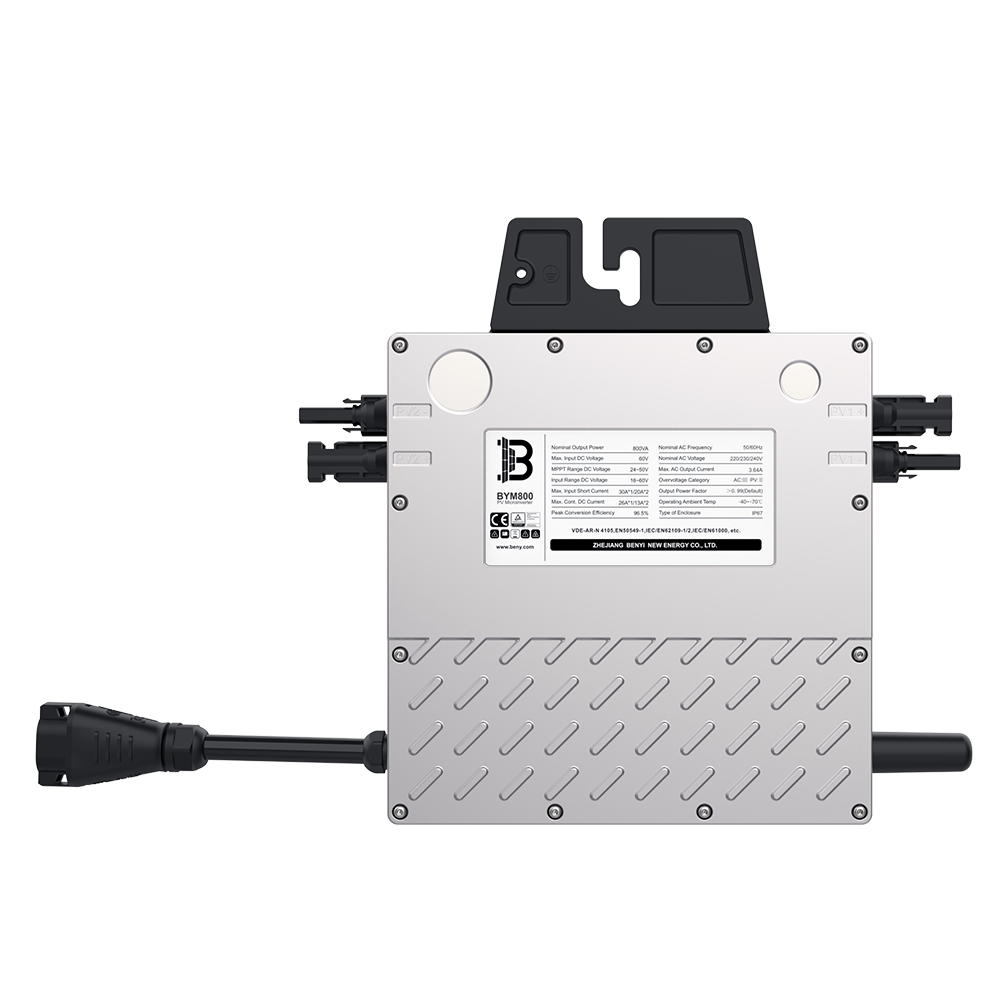As the demand for renewable energy sources continues to rise, solar power has emerged as a leading solution. Among the various technologies available, microinverters for efficient solar energy have gained significant attention. This article delves into the advantages of microinverters compared to traditional string inverters, highlighting their role in enhancing solar energy efficiency.

Understanding Microinverters
Microinverters are small devices that convert direct current (DC) generated by solar panels into alternating current (AC) for use in homes and businesses. Unlike traditional string inverters, which connect multiple panels in series, microinverters are installed on each individual solar panel. This configuration allows for greater flexibility and efficiency in energy production.
Key Benefits of Microinverters for Efficient Solar Energy
- Increased Energy Harvesting: Microinverters optimize the output of each solar panel independently. This means that if one panel is shaded or underperforming, it does not affect the performance of the others.
- Enhanced Monitoring Capabilities: With microinverters, users can monitor the performance of each panel individually. This feature allows for quick identification of issues and ensures that the system operates at peak efficiency.
- Improved Reliability: Microinverters typically have longer lifespans than traditional string inverters. They are designed to withstand harsh environmental conditions, making them a reliable choice for solar energy systems.
- Scalability: Microinverters offer greater flexibility for system expansion. Homeowners can easily add more panels without needing to replace the existing inverter.
Microinverters vs. Traditional String Inverters
While traditional string inverters have been the standard for many years, they come with certain limitations. For instance, if one panel in a string is shaded, the entire string's output is reduced. This phenomenon, known as the "shading effect," can significantly impact overall system performance. In contrast, microinverters mitigate this issue, ensuring that each panel operates independently.
Cost Considerations
Many potential users wonder about the cost implications of choosing microinverters for efficient solar energy. Although the initial investment may be higher, the long-term benefits often outweigh the costs. Increased energy production and reduced maintenance needs can lead to significant savings over time.
Conclusion: The Future of Solar Energy
In conclusion, microinverters represent a significant advancement in solar technology. Their ability to enhance energy efficiency, provide detailed monitoring, and improve reliability makes them an attractive option for both residential and commercial solar installations. As the solar industry continues to evolve, the adoption of microinverters for efficient solar energy is likely to grow.
For more information on microinverters and to explore available products, visit  .
.








